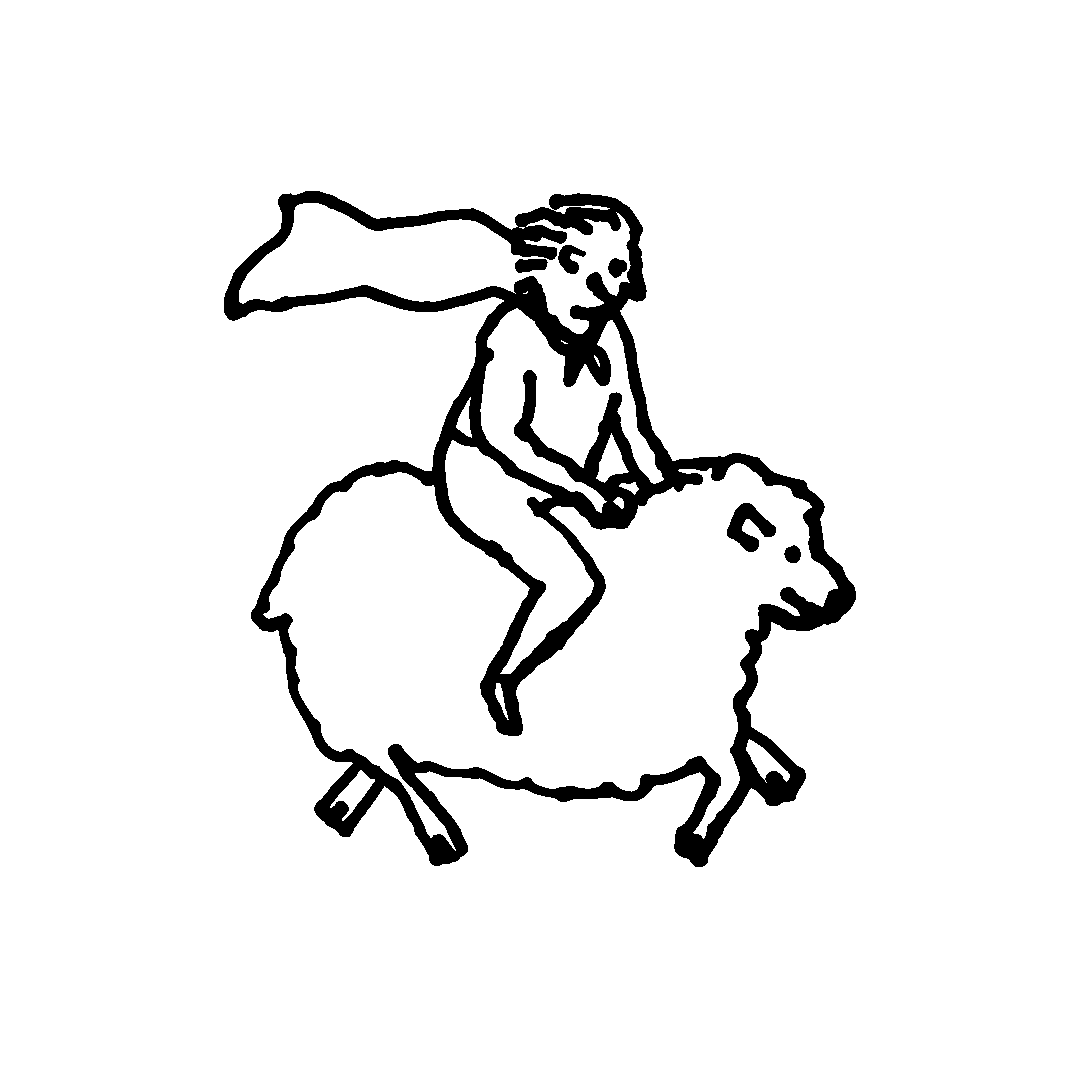We invest 3% of our revenue into our Impact Fund. This is a data-led investment into our Supply Chain. Projects have been selected with the support of ZQ’s Regenerative Index (ZQRX).
3% Impact Fund
We believe data can lead the way.
And guide smart and impactful investments.
We believe technology can work harder for us.
And better serve our Planet and People.
We believe fact-based intelligence can shine a light.
And trace the path to a better future.
Scroll down to explore the on-farm projects we invest in.
Sheep Station: Lake Hawea Station
Project Focus: Biodiversity
To help improve native biodiversity LHS will control invasive predators on farm.
Native Birdlife Monitoring
New Zealand has around 4000 species threatened or at risk of becoming extinct. This means it could lose more than 80% of its reptiles, frogs, bats and birds. 59 bird species have disappeared since humans first arrived. Stoats, rats, and possums all have huge impacts on NZ native bird populations and native vegetation.
We will be able to measure the impact of predator control using cacophony real-time bird monitoring technology and software. Cacophony provides the “cacophony index” a measurement of existing birdlife. This technology will provide a real-time measurement of the effectiveness of the predator control on LHS.
Sheep Station: Omarama
Project Focus: Regenerative
Farming
Omarama is assessing and quantifying the Carbon levels of their soil to understand its CO2e sequestration capacity.
Soil Carbon Level Monitoring
Soil health and the maintenance of topsoil are extremely important environmental factors that can improve drought resilience and soil capacity to absorb CO2 from the atmosphere.
Omarama station has records of soil carbon measurements dating back over 30 years. Over this time they have increased the organic matter of the soil. The impact funding for this project will be used to assess and quantify this change in soil carbon levels.
A trial between any pasture showing lower than average soil carbon with a multispecies regenerative crop and tradition Lucerne crop will also be implement as a proof point displaying continuous improvement.
Sheep Station: Middlehurst
Project Focus: Conservation
Middlehurst is carrying out riparian planting and fencing areas of wetlands to protect them from stock contamination and preserve the ecosystem.
Wetland Restoration
90% of New Zealand’s original wetland area has been lost to farming, urban, and horticulture development.
Based on studies undertaken in this area in New Zealand, wetlands can sequester up to 0.34-3.55 tonnes of CO2e/ha/yr, providing a wide range of valuable ecosystem services including carbon sequestration and the ability to clean water. Wetlands also influence the hydrological cycle through water storage and provide wildlife habitat for the Taonga species for Māori (tuna, eels, inning/whitebait species, and ducks.
Middlehurst has already fenced areas of wetlands on their property to protect them from stock contamination. Riparian planting can now be implemented to enhance and restore this ecosystem and protect other wetlands not yet fenced.
The ZQRX
Methodology
A tool to measure and improve key environmental, animal welfare and social indicators on farm.
Meet our
Sheep Stations
Three ZQ Certified New Zealand farms at the forefront of the Regenerative Farming movement.

